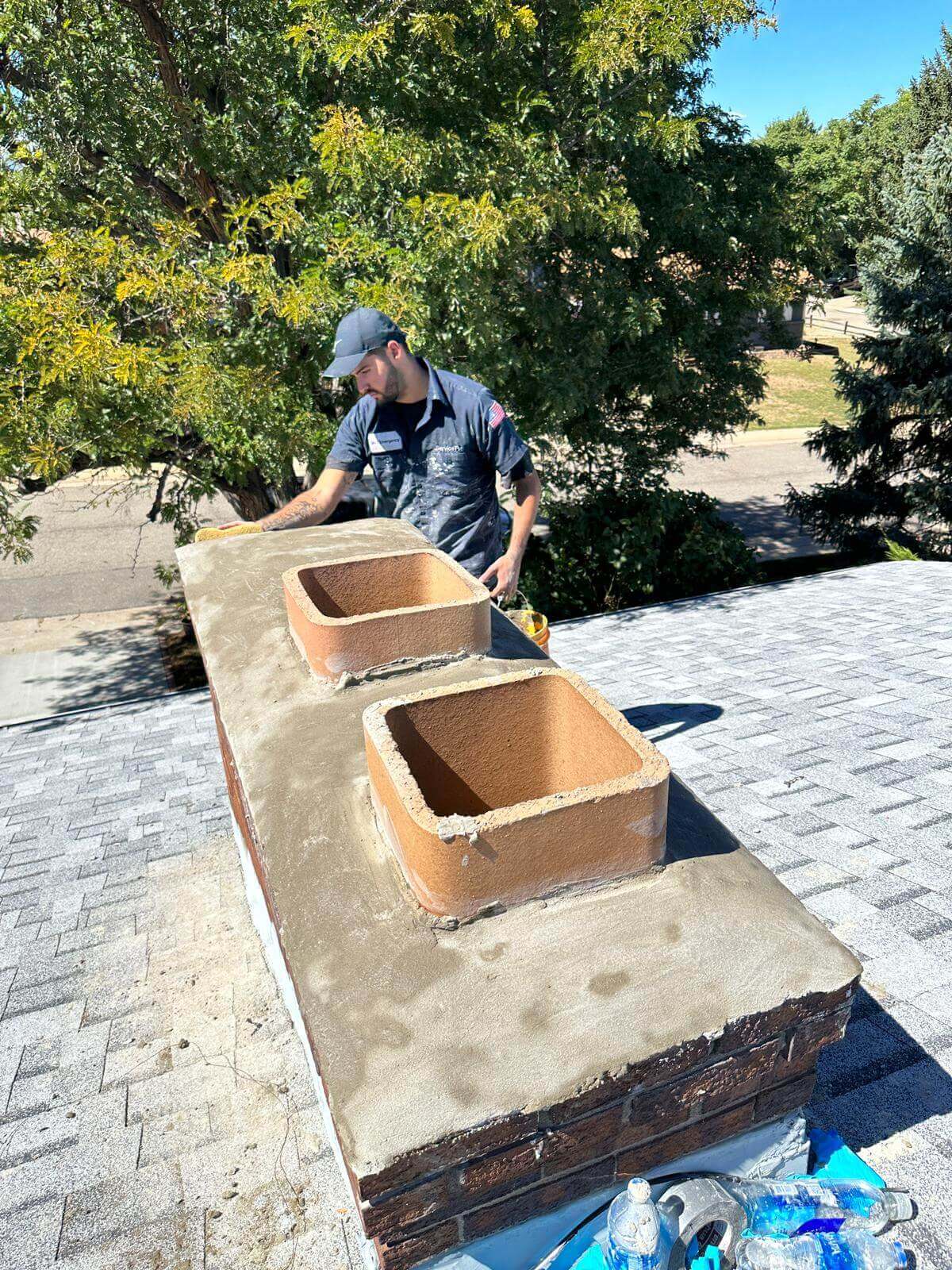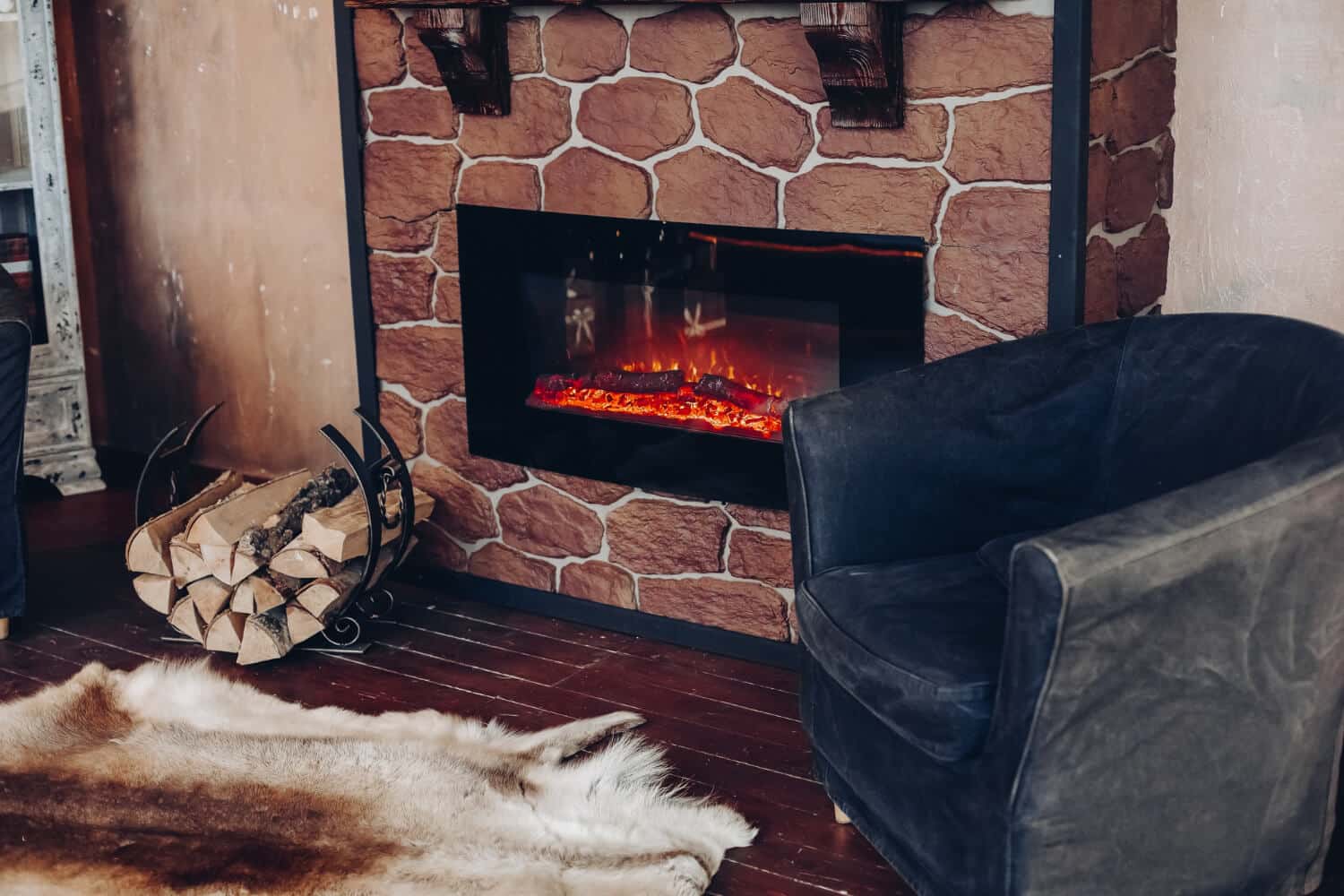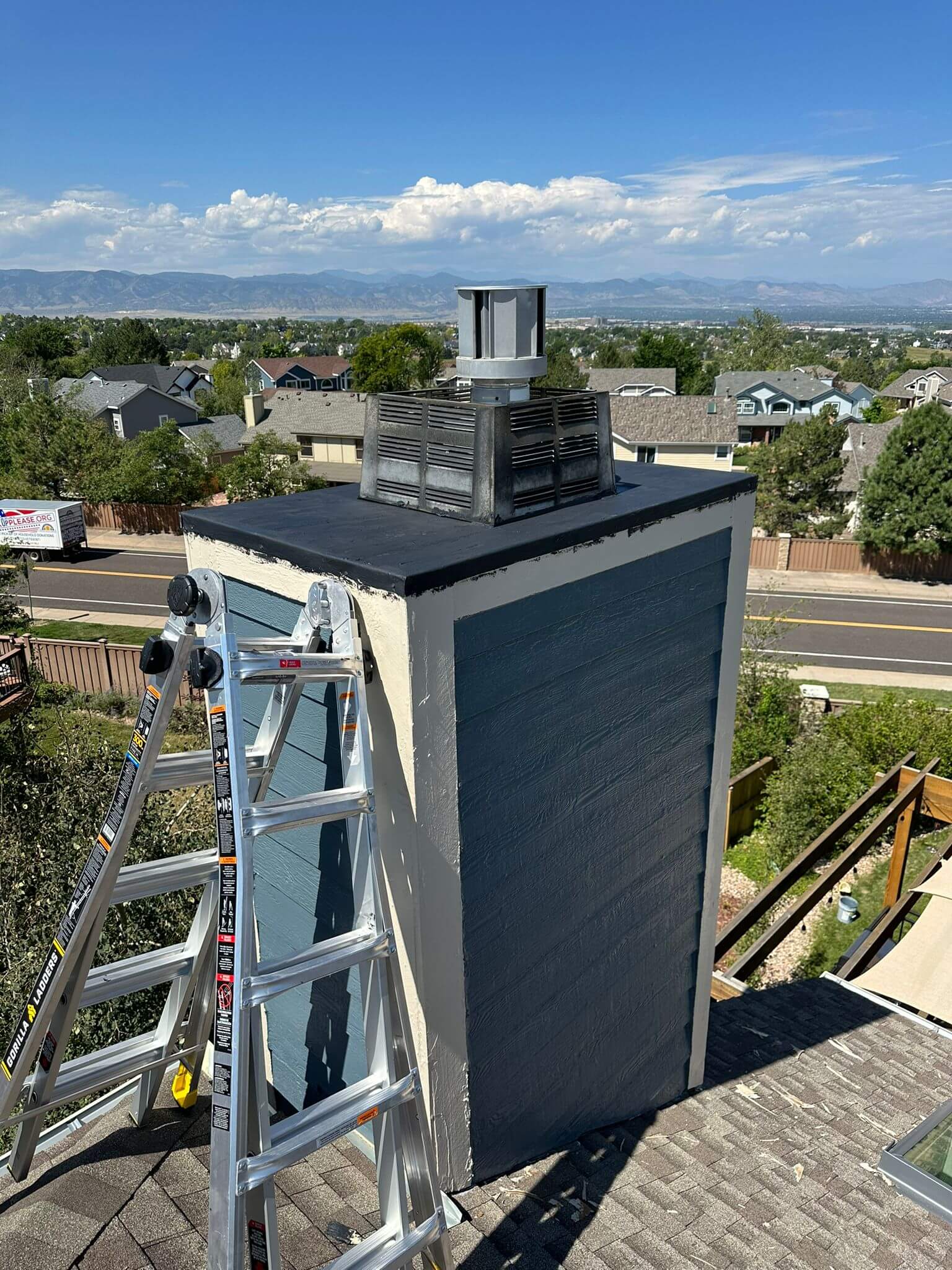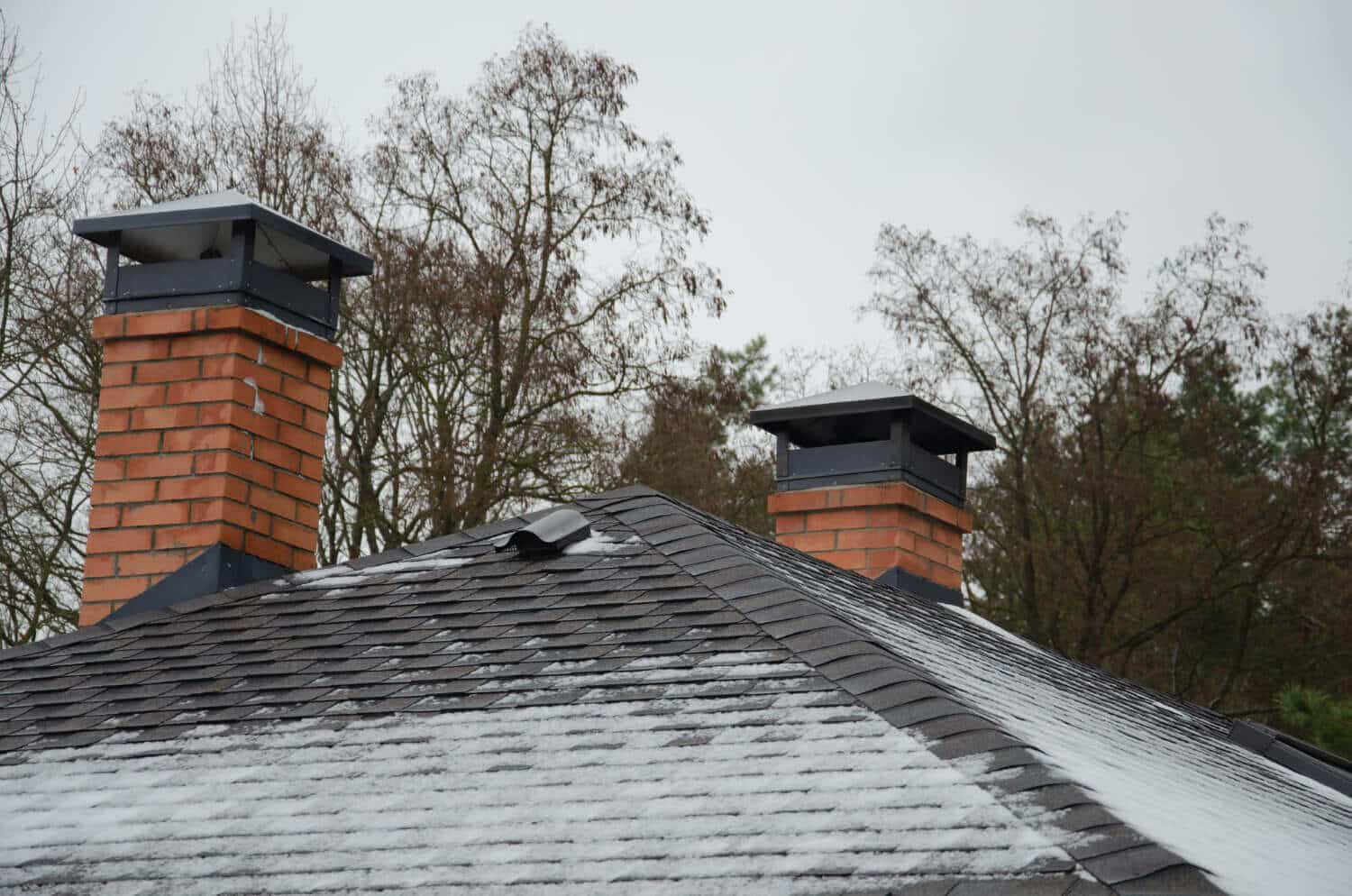Are you searching for an easy and simple way to clean your chimneys? Then, this is the right place for you to explore all the details about chimney cleaning logs.
Do you own your chimney but hate to take care of it professionally all the time? Then, what can be more convenient than creosote sweeping logs, presenting as a straightforward solution to clean chimneys? Using these logs, creosote buildup is removed easily at home, and you don’t need to rush to professionals for regular maintenance. However, these can’t be an alternative to the annual professional inspection. Let’s traverse through all the details of logs, how they work, and their benefits and drawbacks.
What Do Chimney Cleaning Logs Do?
Chimney clean logs function via a combination of heat-stimulated chemicals (additives) and corporeal stirring. Whenever you burn the log, the chemicals from logs are emitted into the chimney flue and execute loosening the creosote. As a result, hard and sticky creosote gets transformed into flaky substances that are much easier to remove.
The whole mechanism revolves around changing the composition of debris from hard to loose and brittle. In this way, it soothes your cleaning or brushing process. Secondly, burning the log and fire causes agitation and vibration, helping in eliminating the debris. Undoubtedly, chimney sweeping logs provide great assistance in the reduction of creosote buildup but they can’t compensate an annual professional sweeping of chimneys.
Do Cleaning Logs Really Work?
Yes, fireplace cleaning logs work in removing creosote (tar-like material) that gets stuck to the pipes of chimneys when you burn the fire. The flammable nature of creosote puts your place (home) in danger of explosion every time you enjoy a fire in your chimneys. When the log is burned, it loosens the soot to provide a deposit-free chimney. These logs also work to convert dirt and debris into ash that goes away easily or flies away. Every time you need to sweep your chimneys, creosote cleaning logs are the best solution to prevent severe hazards that can arise from the accumulation of deposits.
Are Cleaning Logs Safe?
It is important to consider whether using chimney clean logs is safe or not. Taking into consideration all the perspectives of cleaning logs, these are safe but only if used under the proper conditions. Undoubtedly, creosote sweeping logs comprise a few toxic chemicals, so following the directions is necessary. All you need to consider when using logs includes:
⦁ You need to open your damper so that all the fumes (toxic) get expelled.
⦁ Avoid using these logs when there is a blockage in chimneys due to pests and nests.
⦁ Burning the logs demands the closing of all fireplace doors and screens.
⦁ It’s advised to avoid turning on fans and other heating electronics when using cleaning logs, as they may circulate fumes throughout your place.
In short, great caution is needed because of the explosive nature of chemicals in logs that may put your home on fire.
Advantages of Chimney Cleaning Logs
Creosote cleaning log comes up with a lot of benefits, that’s why it is recommended to clean your chimneys. Let’s take a glance at these advantages.
⦁ One of the main benefits of using logs is its convenience and easy-to-use attributes. There is no complicated procedure, even a layman can use it easily. You just have to toss the log into chimneys and it starts to work.
⦁ Logs execute cleaning via removal of creosote deposit in the flue.
⦁ By cleaning debris, it prevents the risk of a fireplace fire.
⦁ It’s a great solution to keep your chimneys cleaned and maintained between professional cleaning.
⦁ Chimney cleaning logs are applicable in wood-burning chimneys, inserts, and heating stoves.
Disadvantages of Chimney Cleaning Logs
Chimney cleaning logs are too much beneficial in many ways, but that does not mean they are free of any drawbacks. There are a few disadvantages to using these logs, and considering them is important to use them cautionarily. Let’s glide through them in detail.
⦁ Creosote sweeping logs can’t be a surrogate to a professional chimney sweeping.
⦁ The chemicals in cleaning logs are safe but may cause an unpleasant odour.
⦁ These logs are not compatible with gas-heating appliances like stoves and gas fireplaces.
⦁ Chimney sweep logs contribute to the reduction of creosote buildup in chimneys but can’t be removed completely.
⦁ If chimneys are not cleaned regularly, then loosened or flaky substances of creosote can still catch fire.
How Often Should You Clean a Chimney?
Here is an important question to address whenever you need to clean your chimneys. For this purpose, it’s best to inspect your chimneys by yourself. With the help of a flashlight, look inside the chimney flute and use a pencil or a plastic knife to scrape off the creosote layer deposited here. If the layer is 1/8-inch thick or more, it’s an accurate time to sweep your chimneys. Here is another important thing to check: Is there any animal housing your chimney? If animals are living there, pay attention to safely removing them from chimneys. Then, use chimney cleaning logs, but don’t forget to wear protective accessories like glasses and gloves to clean the chimney safely.
When to Hire a Chimney Sweep
It’s a matter of fact that chimney cleaning logs reduce creosote buildup but are unable to remove it completely. Following “The Chimney Safety Institute of America (CSIA)” statement, it’s straightforward that creosote sweeping logs can’t replace professional chimney inspection and cleaning. So, it’s recommended to hire a qualified and certified chimney sweep once a year to remove the chemical residue of the cleaning logs, clean the ash, and eliminate the creosote buildup. An annual chimney inspection is also beneficial in assessing any blockage or damage to chimneys that need to be repaired. However, chimney cleaning logs contribute mainly to reducing creosote between cleanings.
Conclusion:
In conclusion, this article has gone through all the details of chimney cleaning logs, from their working and pros and cons to their safety measures. Considering all the perspectives, cleaning logs are beneficial in loosening the hard and sticky creosote buildup, and they are easy to remove. However, there are some precautions to enjoy the safe use of creosote sweeping logs. In between annual professional sweeping, logs are best to use for regularly maintaining and cleaning chimneys. Using them protects from severe hazards like a fire explosion due to creosote blockage. But it’s better to hire qualified sweeping services once a year for a deep inspection and chimney cleaning.







